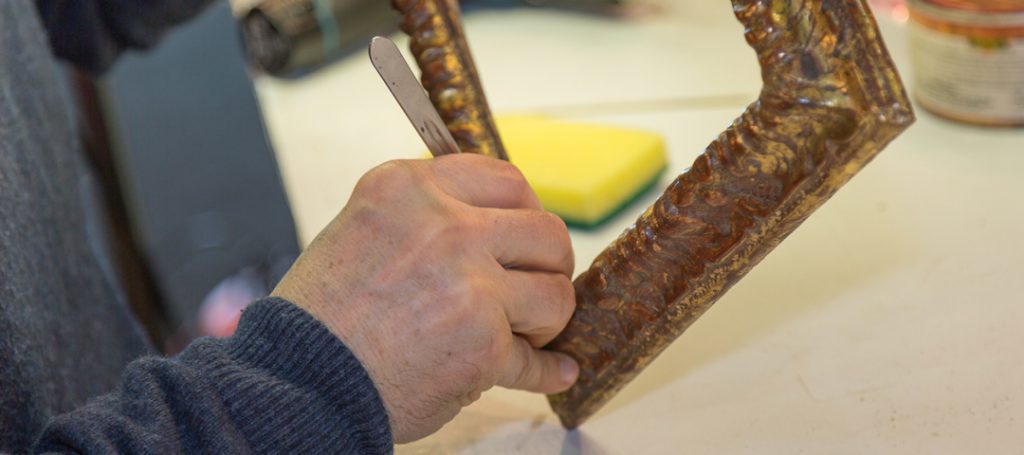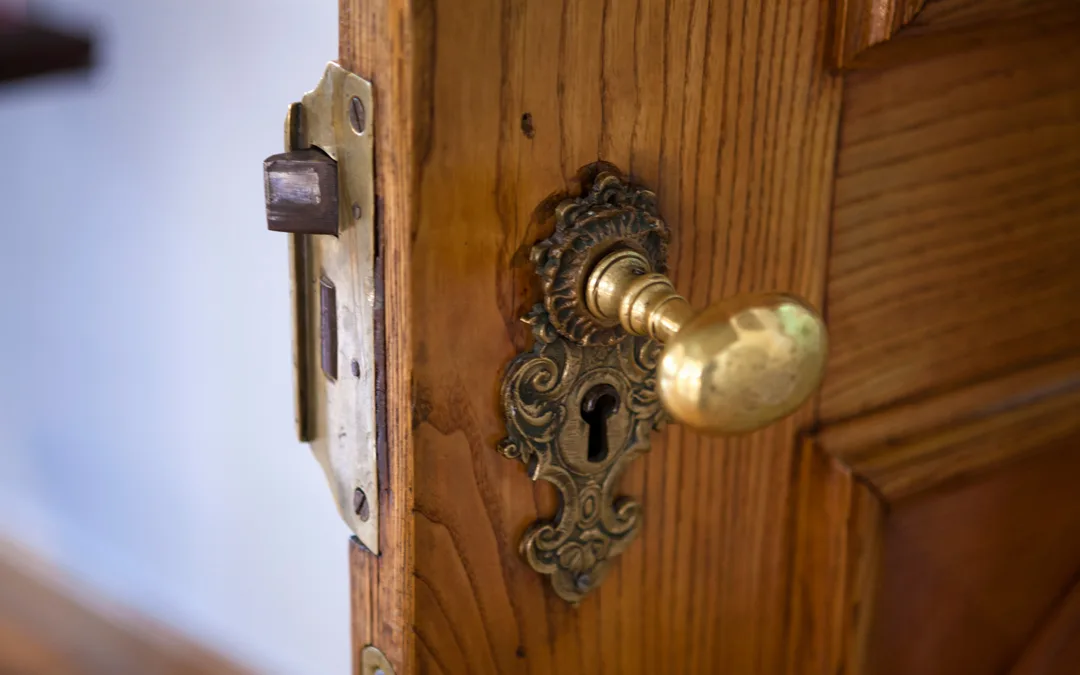To be sustainable, recycling is not enough; re-use and repurposing are key and antiques deliver these in spades. The entire trade is built upon keeping items that are 100s of years old in circulation, desirable, and fit for purpose.
Very few contemporary furniture manufacturers are focused on building eco-friendly pieces. About 90 percent of today’s furniture is made in countries with few, if any, regulations regarding water pollution, air pollution, or responsible forest management, and each year, about 10.8 million tons of furniture waste is produced in the US and about 1.7 million tons in the UK. These pieces are not recycled, repurposed, or restored, but simply crushed by machinery and then covered with soil to hopefully, reintegrate into the ecosystem over time.
No trees need to be cut down or water wasted if you buy antiques and vintage!
Home Interior Design Trends and Antiques

Shows such as “Fixer Upper,” “Dream Home Abroad,” “Amazing Spaces,” and “The Great Interior Design Challenge,” and “Interior Design Masters,” have fed an ever-growing obsession with interior design in the general public. As an antiques dealer, you are perfectly positioned to take advantage of this trend. An antique chair, table, sofa, or other piece brings the beauty of true craftsmanship into any room as well as an individual expression of taste and debunks the ‘cookie cutter’ approach. These pieces are passed on from generation to generation – and are not destined to end up in a landfill.
Manufacturing overseas is cheaper but takes a heavy toll on the health of the planet. VOC emitting paints, glues, dyes, and textiles pose a risk in increasing unhealthy indoor air, a concern for many young buyers. Rain forests are being decimated at an incredible rate. An antique piece has an almost endless lifecycle, preserves natural resources, and was created with the ultimate in green practices – the tools used in furniture manufacturing of the past were hand or treadle operated, and the glues and dyes were produced from natural sources.
How to Promote Sustainability in Antiques
As an antiques dealer, promoting the “green” aspect of your trade should be part of how you present your pieces when working with a designer, individual, or collector.
A newly-manufactured piece typically lasts about 10 to 20 years, an antique piece will last a lifetime – and has investment value should you choose to re-sell it in the future. Many younger buyers have a high interest in purchasing antique or vintage pieces, both for the design aesthetic and for the sustainability factor.
Reveal Your Process with Video
Video content that reveals how you restore an antique piece are a valuable way to drive increased online sales. Watching a piece with a damaged finish, missing parts, or shredded, rotting upholstery becoming transformed is fascinating to watch. Video content allows you to discuss the sustainability factor when restoring a piece.
Antiques: The Sustainable Choice
We recommend that you promote the green aspect of the antiques trade, whether in video, blogs, on Facebook, Instagram, or when selling in person. You may be surprised to discover that sustainability is of significant concern to many prospective buyers. Some of the points to cover include:
- Built to last by true craftsmen
- Unique and original in design
- Uses less resources
- An investment that could be re-sold in the future
- Every piece tells a story
Feel free to discuss any of these factors with prospective buyers – they will appreciate your perspective. After all, you ARE the authority!




